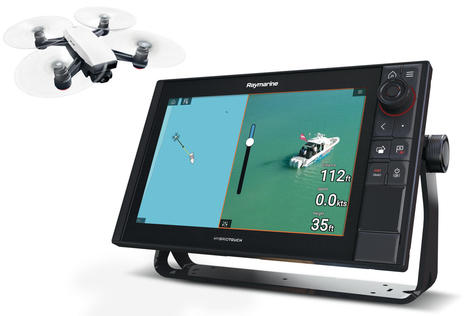Marine internet, a connected year on the water
My family and I just spent a year on the water. When we left, some members of our crew were hesitant about the whole idea, so I knew we needed many comforts of home, like an always-on (almost), always-available (almost) internet connection. This isn’t a simple or one-size-fits-all issue, and what follows is a primer on marine internet and the start of an article series…



















